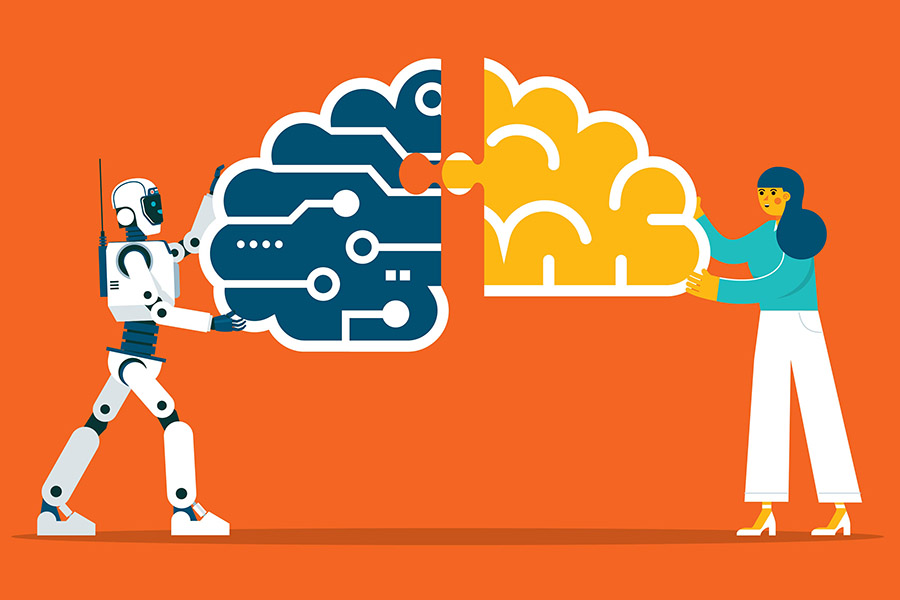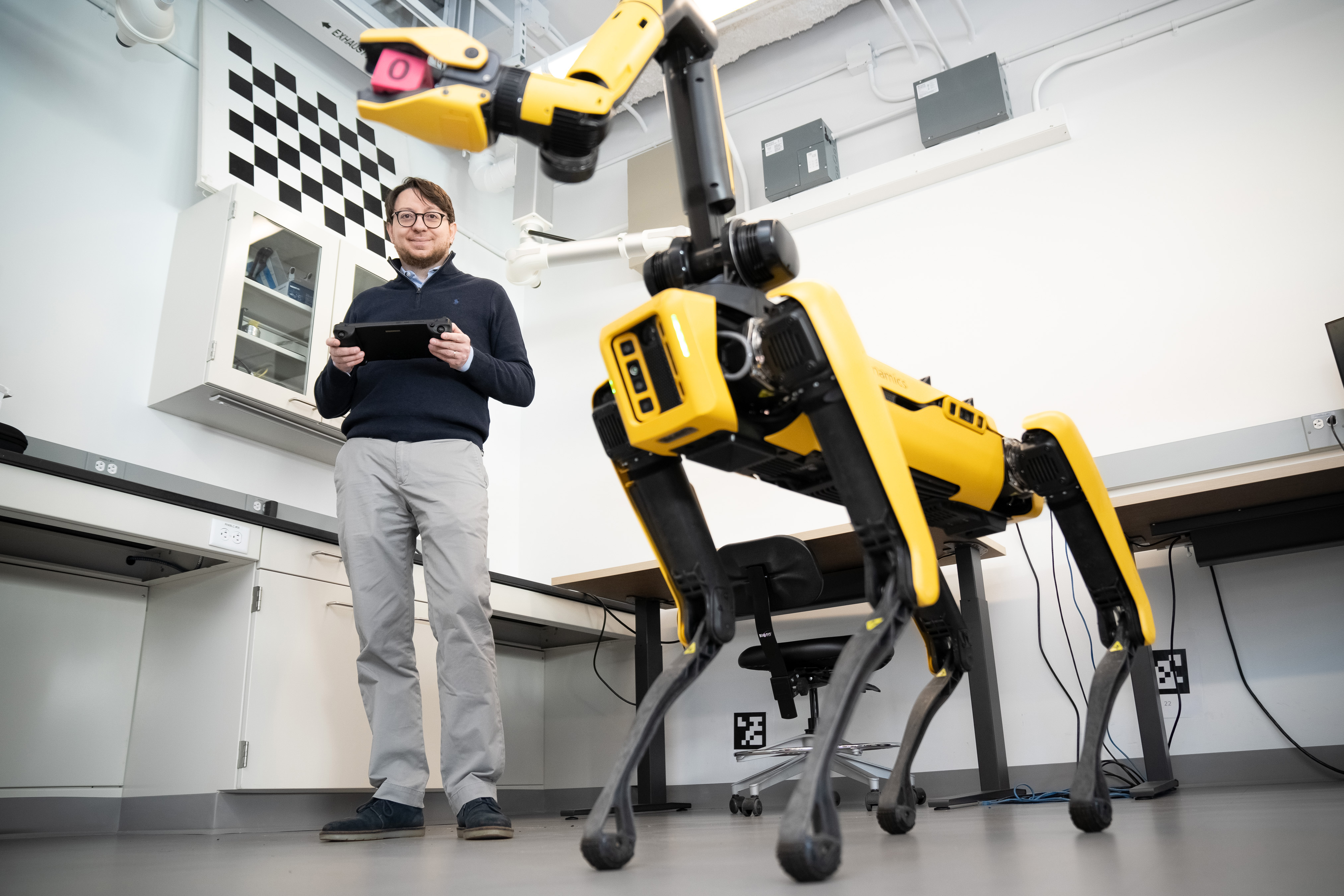Introduction to Reasoning Models
Large language models (LLMs) like ChatGPT can write an essay or plan a menu almost instantly. But until recently, it was also easy to stump them. The models, which rely on language patterns to respond to users’ queries, often failed at math problems and were not good at complex reasoning. Suddenly, however, they’ve gotten a lot better at these things.
What are Reasoning Models?
A new generation of LLMs known as reasoning models are being trained to solve complex problems. Like humans, they need some time to think through problems like these — and remarkably, scientists at MIT’s McGovern Institute for Brain Research have found that the kinds of problems that require the most processing from reasoning models are the very same problems that people need take their time with. In other words, they report today in the journal PNAS, the “cost of thinking” for a reasoning model is similar to the cost of thinking for a human.
How Reasoning Models Work
The researchers, who were led by Evelina Fedorenko, an associate professor of brain and cognitive sciences and an investigator at the McGovern Institute, conclude that in at least one important way, reasoning models have a human-like approach to thinking. That, they note, is not by design. “People who build these models don’t care if they do it like humans. They just want a system that will robustly perform under all sorts of conditions and produce correct responses,” Fedorenko says. “The fact that there’s some convergence is really quite striking.”
The Science Behind Reasoning Models
Like many forms of artificial intelligence, the new reasoning models are artificial neural networks: computational tools that learn how to process information when they are given data and a problem to solve. Artificial neural networks have been very successful at many of the tasks that the brain’s own neural networks do well — and in some cases, neuroscientists have discovered that those that perform best do share certain aspects of information processing in the brain. Still, some scientists argued that artificial intelligence was not ready to take on more sophisticated aspects of human intelligence.
Training Reasoning Models
Andrea Gregor de Varda, a K. Lisa Yang ICoN Center Fellow and a postdoc in Fedorenko’s lab, explains that reasoning models work out problems step by step. “At some point, people realized that models needed to have more space to perform the actual computations that are needed to solve complex problems,” he says. “The performance started becoming way, way stronger if you let the models break down the problems into parts.” To encourage models to work through complex problems in steps that lead to correct solutions, engineers can use reinforcement learning. During their training, the models are rewarded for correct answers and penalized for wrong ones.
Comparing Human and Model Thinking
The models’ need to take some time to work through complex problems already hints at a parallel to human thinking: if you demand that a person solve a hard problem instantaneously, they’d probably fail, too. De Varda wanted to examine this relationship more systematically. So he gave reasoning models and human volunteers the same set of problems, and tracked not just whether they got the answers right, but also how much time or effort it took them to get there.
Time vs Tokens
This meant measuring how long it took people to respond to each question, down to the millisecond. For the models, Varda used a different metric. It didn’t make sense to measure processing time, since this is more dependent on computer hardware than the effort the model puts into solving a problem. So instead, he tracked tokens, which are part of a model’s internal chain of thought. “They produce tokens that are not meant for the user to see and work on, but just to have some track of the internal computation that they’re doing,” de Varda explains. “It’s as if they were talking to themselves.”
Conclusion
Both humans and reasoning models were asked to solve seven different types of problems, like numeric arithmetic and intuitive reasoning. For each problem class, they were given many problems. The harder a given problem was, the longer it took people to solve it — and the longer it took people to solve a problem, the more tokens a reasoning model generated as it came to its own solution. The striking match in the costs of thinking demonstrates one way in which reasoning models are thinking like humans.
FAQs
Q: What are reasoning models?
A: Reasoning models are a new generation of large language models (LLMs) that are trained to solve complex problems.
Q: How do reasoning models work?
A: Reasoning models work out problems step by step, using reinforcement learning to encourage correct solutions.
Q: How do reasoning models compare to human thinking?
A: Reasoning models have a human-like approach to thinking, with the “cost of thinking” for a reasoning model similar to the cost of thinking for a human.
Q: What does the future hold for reasoning models?
A: The researchers are curious whether the models will be able to handle problems that require world knowledge that is not spelled out in the texts that are used for model training.











